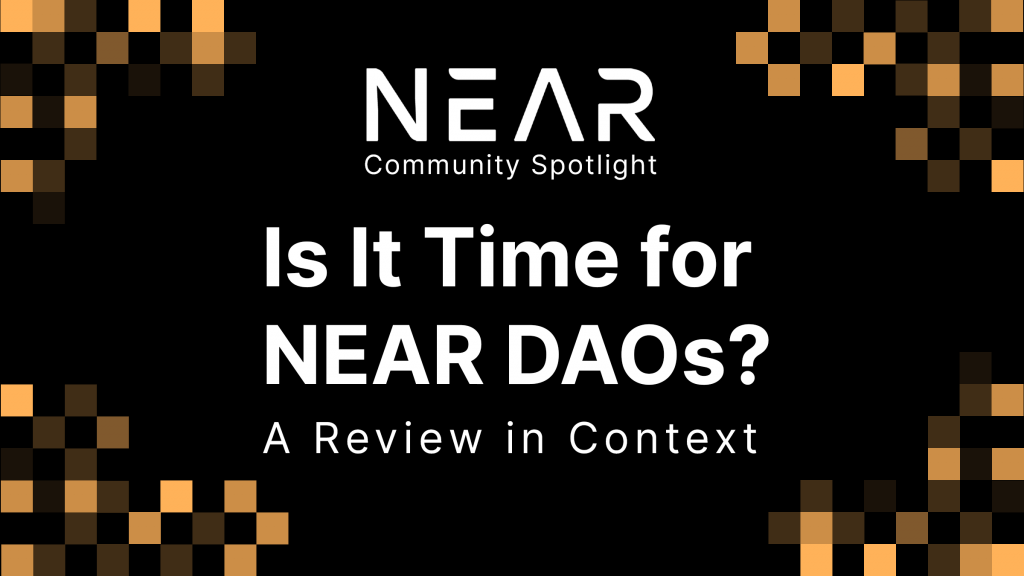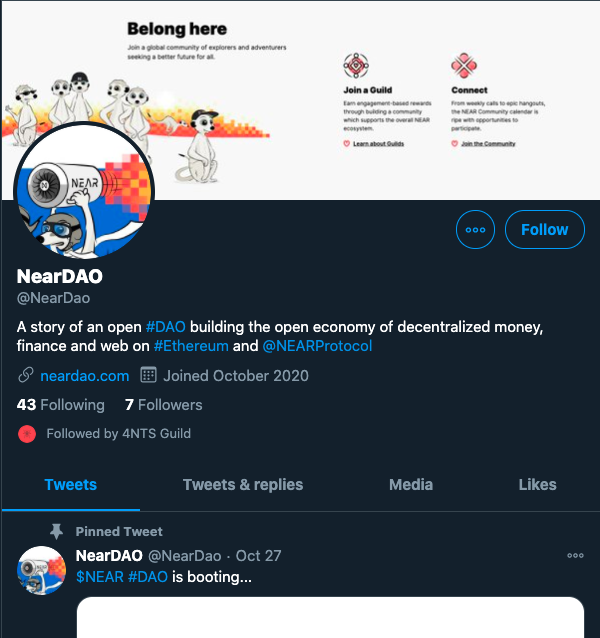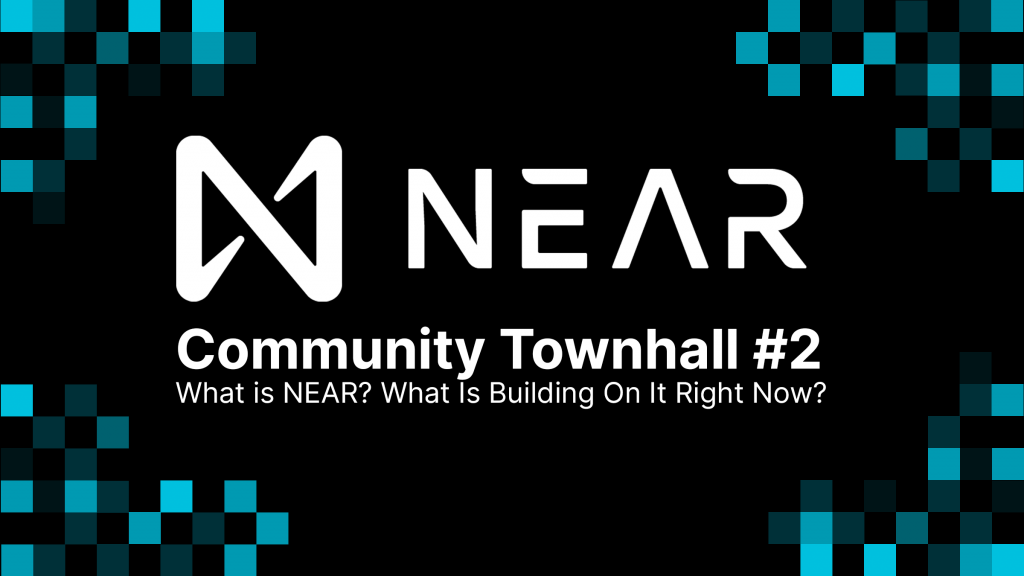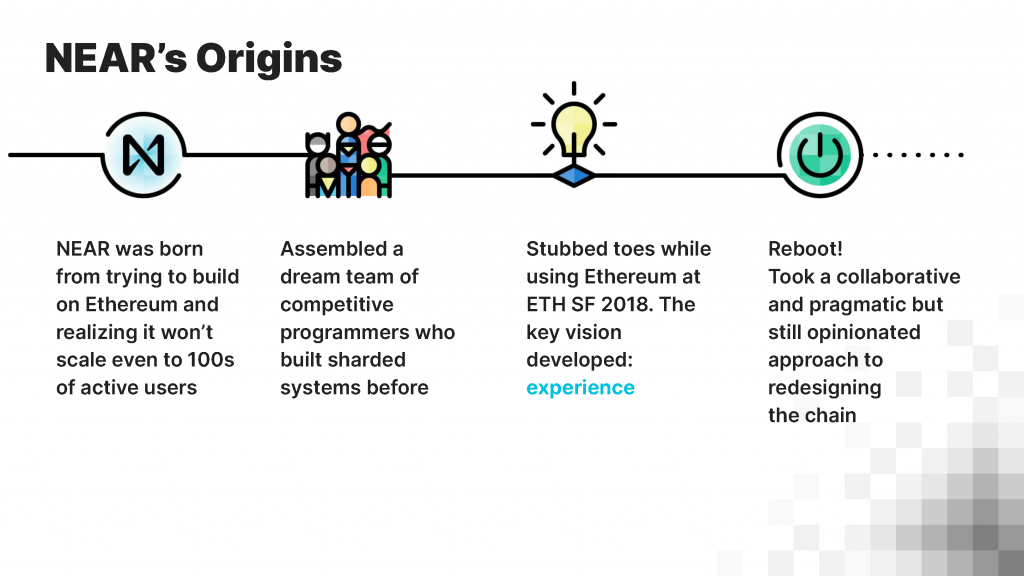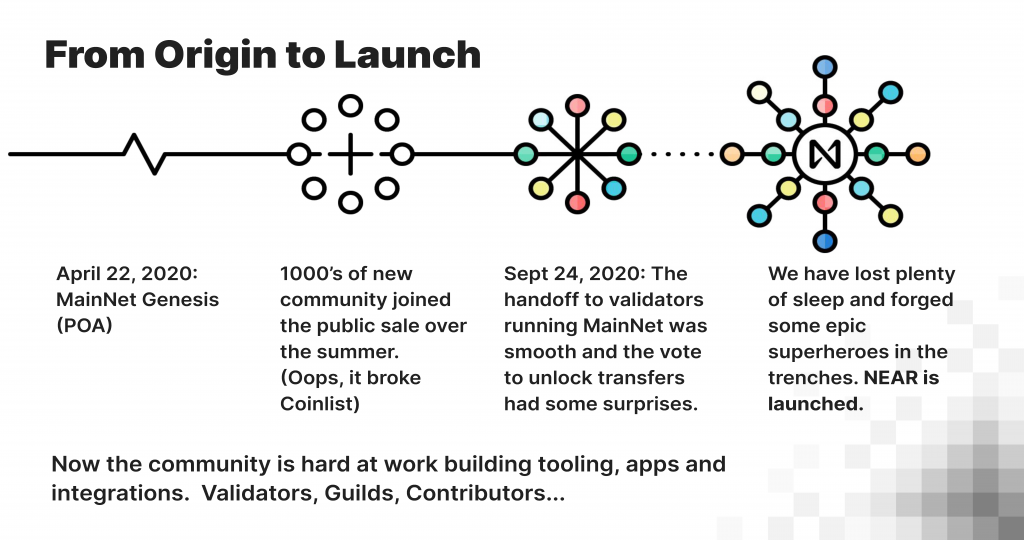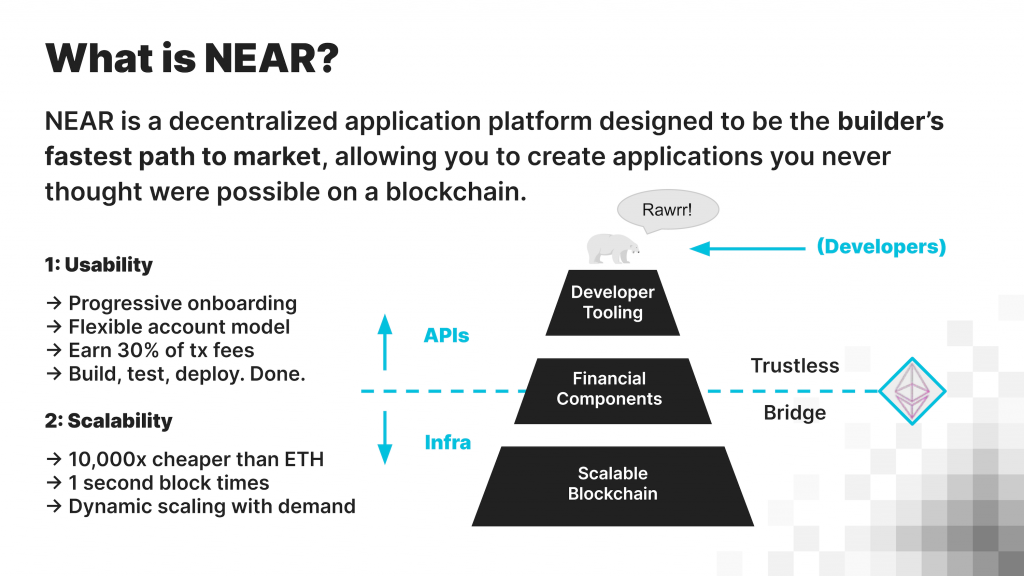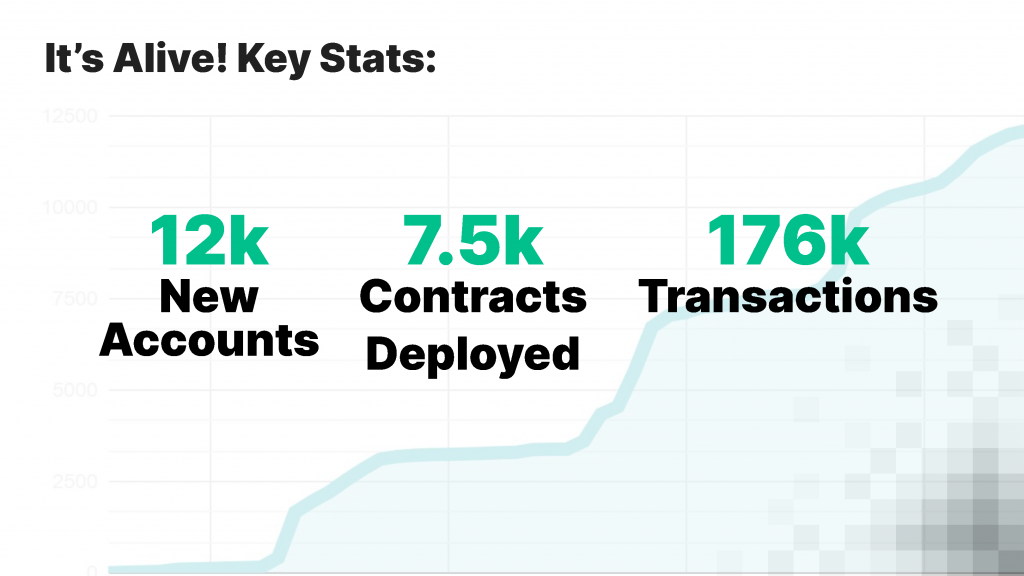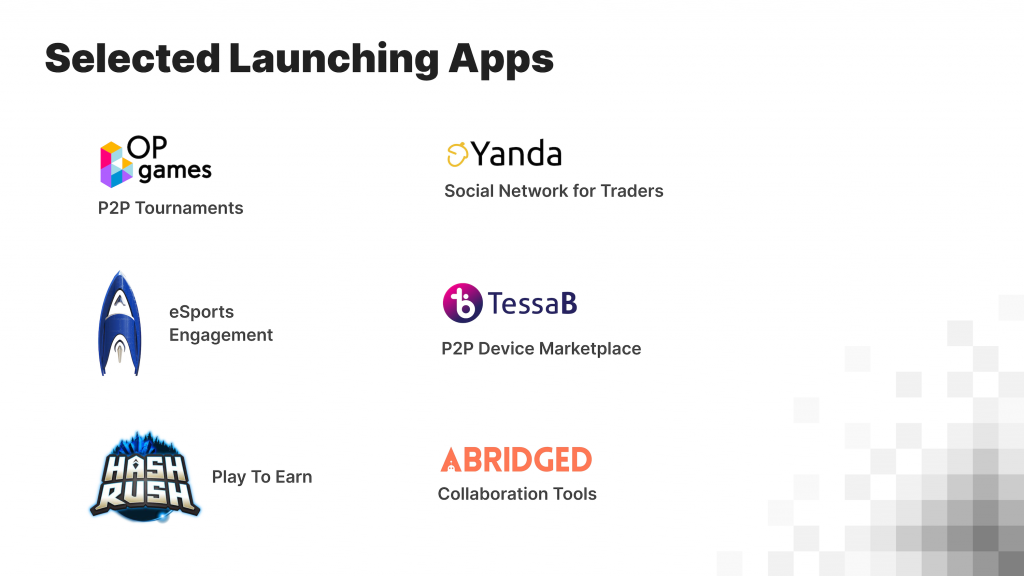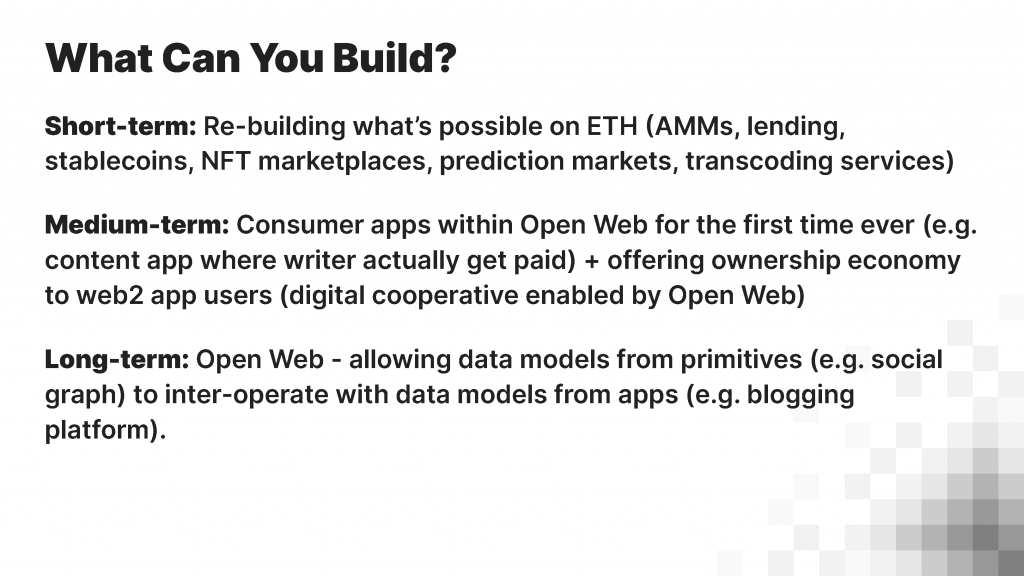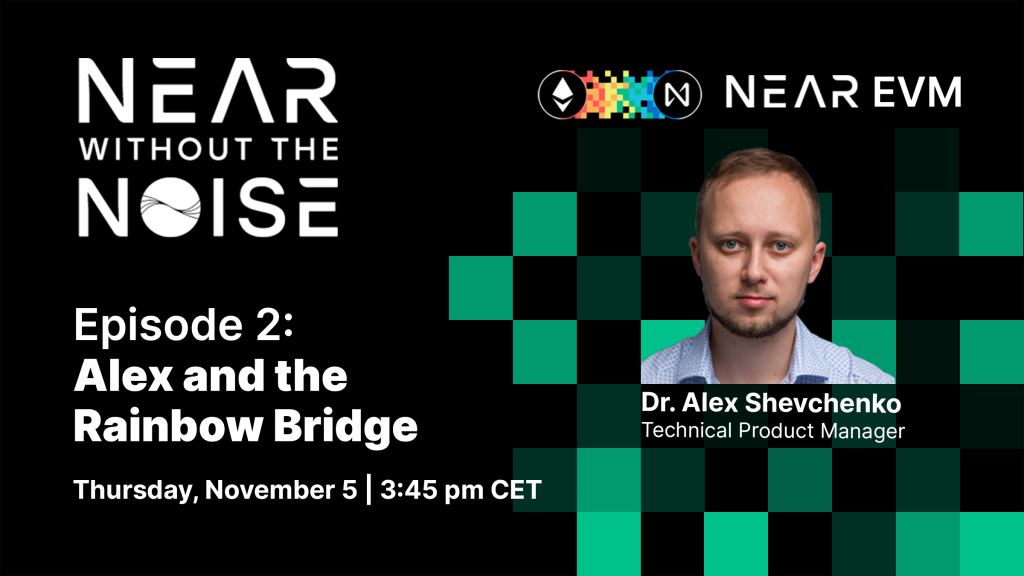
The second episode of NEAR Without the Noise focused primarily on the notion of interoperability and the value provided by the NEAR – ETH Rainbow Bridge, as well as the EVM built into NEAR Protocol. Dr. Alex Shevchenko – a relatively new pick up on the NEAR team discussed the nature of interoperability, the value of blockchain, the importance of a permissionless bridge, as well as the NEAR Team and the roadmap going forward!
Point 1: Interoperability is a Natural Next Step for Blockchain
Alex started the conversation by talking about the current state of blockchain and the importance of interoperability between different blockchain networks: Of moving from closed universe’s to being able to put information into the state’s of different blockchains.
“There will be no single blockchain standard anytime soon. Everyone is trying to be their first creator of blockchains. This means we need to have something that will enable some kind of communication between blockchains. Why is this important? Because Blockchain’s are a closed universe….There is no API that blockchain is able to query from another blockchain: That’s another problem this is something that needs to be solved. We need to have something that would be able to put the information into the state of a different blockchain.”
To build upon the importance of interoperability Dr. Shevchenko used the analogy of intranet and internet in the early days of the internet:
Point 2: The Design of the NEAR – ETH Bridge is What Makes It Important in the Crypto Space:
The second point emphasized in the discussion was the value of the NEAR – ETH bridge being built as completely permissionless and decentralized. In the crypto space, Alex emphasized this as being the beginning of a new way of approaching interoperability in a truly blockchain fashion:
“The most interesting thing about the bridge is how the Bridge was built. In the market we have a lot of proof of authority bridges, where there is an entity holding a key from two accounts. The escrow account or the locker account on one blockchain, and the same entity mints the certificates for these tokens on another blockchain. Lots of different blockchains and everyone is building the bridge in the same way. Whether this entity is a single entity or a multi-signature contract. That is the problem. It goes against the philosophy of decentralization of operations.”
Point 3: The NEAR – ETH Bridge, and Any Future Bridge Is A Win-Win For Everyone In Crypto
The third major point emphasized by Alex was the importance of Positive Sum approaches to building interoperable infrastructures in crypto. In the case of the NEAR – ETH Bridge, as well as any future bridge built between NEAR and other L1 Protocols the goal was to create a solution that benefits both platforms involved. As Alex explained:
“We would like to be friends with everybody. This is my personal view but this is also the corporate communications: We are not trying to compete with people. We are trying to find some kind of things where we are complementing each other. That is why we have lots of partners and that is why we are talking to lots of different blockchains.”
Point 4: So What Does The Bridge Do?
Perhaps one of the most overlooked, yet important points made in the entire discussion was the value of the bridge for both NEAR and Ethereum. According to Alex:
“The bridge brings access to liquidity that is available on Ethereum. That is the most important thing. Many of our partners are saying, we would like to launch Automatic Market Making – We would like to launch flash loans, or another DeFi project, so they would like to do it. But in order to do this, they need to have a backbone of DeFi – multiple ERC20 tokens that are interchangeable that they can trade etc. We can launch these tokens on NEAR but it would cost zero. It would be a good addition to NEAR to have this liquidity from Ethereum on NEAR. So that is the most important thing that the bridge is enabling.”
For Ethereum developers the incentive to migrate over to NEAR via the bridge is simple: To scale. As Alex explains:
“In order to scale you need to cut your costs for the gas fees. In order to cut your gas fees you need to go to another layer 2 solution, or some other layer 1 solution that will provide lower cost. Here, the bridge helps you to transition the state of your contracts or the liquidity you are capturing into another blockchain. Another thing that helps you to do this transition is support from EVM on the NEAR side. This is something we are going to roll out soon. In general, this is another thing that helps people to transition.”
Point 5: The NEAR Team is Stacked
When asked about his experience with the NEAR Team, and his overall thoughts on the quality of the team provided by NEAR, Alex was straightforward in his praise. The NEAR team is one of the most stacked teams in crypto, with the most experience across the board in scaling distributed systems. Notably, the spirit of positive sum engagement with other protocols, and NEAR’s commitment to Decentralization are other perks to add on top of this stacked team.
Point 6: The Blockchain Inversion is Coming!
Towards the end of the talk, Alex spoke on the more general topic of the value of blockchain for remaking existing systems in more open, transparent, and decentralized fashions.
“Blockchain is all about decentralization and permissionless systems: Whether it is finance or organizations – why do we need to have a centralized authority? Why do we need to have a centralized authority for this? I encourage everyone to take a look at the permissionless nature of the bridge…Blockchain is all about this: Why would you sacrifice decentralization and permisionlessness in one piece of your application.”
With a new future that is open – the NEAR – ETH bridge represents a very real bridge between the future: The future of open finance in Ethereum, and the future of the Open Web on NEAR. Check out the full episode with Dr. Alex Shevchenko here.
